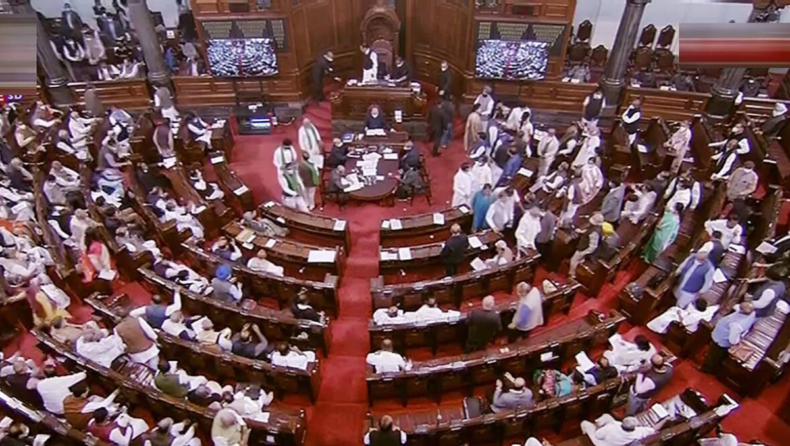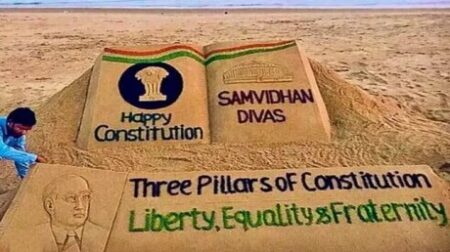In accordance with the rules, all candidates will be notified of the results by the Election Commission on Thursday, July 21. Next month, India will elect its new president. There will also be an election for a new Vice President in August, along with the President.
BJP MPs from both Houses of Parliament and assembly members from all states hold a comfortable majority in the presidential Electoral College, which consists of electors from all states and members of both Houses of Parliament. Additionally, due to the number of seats in the Lok Sabha and Rajya Sabha, they will be able to elect the next Vice President
Here’s what you need to know about how India’s President and Vice President are chosen
It is only open to Indian citizens over 35 years old and citizens of India. Members of the Lok Sabha will also have to meet the eligibility requirements.
Elections to the Presidency are conducted by an electoral college consisting of all elected members of the State and Union Territories of Delhi, Puducherry, and the Upper House of Parliament.
Therefore, the electorate is represented by 776 members (543 in the Lok Sabha, 233 in the Rajya Sabha).
Electoral college votes are worth 10,86,431 votes. The Legislative Assembly (MLA) and Members of Parliament vote according to predetermined values. A poll of 708 is allocated to each MP. The figure is calculated based on the population of the state an MLA represents (based on the 1971 Census). Therefore, the calculation varies across states.
The state of Uttar Pradesh carries the highest number of MLAs at 208 due to its large population. The 403 Members of Parliament from Uttar Pradesh amount to 83,824 in total. A total of 56,640 votes were cast by the 80 MPs from the state. The total votes from the state’s MPs and MLAs represent 1.4 lakhs or nearly 12.7%.
For candidates to cast their votes in their states and union territories, they are given ballots (green for MPs and pink for MLAs) during nominations.
In Jammu and Kashmir, it is expected that the vote value of a member of parliament will decrease this time from 708 to 700 because there is no legislative assembly present.
The person who gets more votes over a certain quota wins the election, not the one who gets the maximum votes.
Basically, after calculating the total worth of the votes cast for each candidate, the returning officer adds up all valid votes that were cast for each candidate. Divide the total number of valid votes by 2 after adding one to the value of the votes.
If no candidate receives more votes than the lowest-ranking candidate, he or she will be eliminated
SECRETARY OF THE DEPARTMENT – VICE PRESIDENT
A candidate must meet specific requirements to become a candidate. At least 20 voters must propose and second their candidacy.
In addition to being an Indian citizen, he or she must be at least 35 years old, and eligible for election to the Rajya Sabha (the Council of States).
The person is not eligible to hold this office if they have an office of profit within any state or local government.
An electoral college elects the Vice President. The Rajya Sabha and Lok Sabha are the only houses where members of parliament can vote.
According to the proportional representation system, the VP is chosen by a joint meeting of both Houses of Parliament through a single transferable vote, with the vote recorded by a secret ballot.
Vice Presidents are not directly elected by citizens or members of legislative assemblies.
Electors and nominees from the Anglo-Indian community both have the right to vote.
It is necessary to win the Lok Sabha, and Rajya Sabha combined strength of 785 votes for a candidate to win the election.
Conclusion
The results of the vote will be announced on Thursday, July 21. Next month, India will elect its new president. There will also be an election for a new Vice President in August, along with the President.
Read more – Munich police arrest England football fans displaying Nazi salutes













